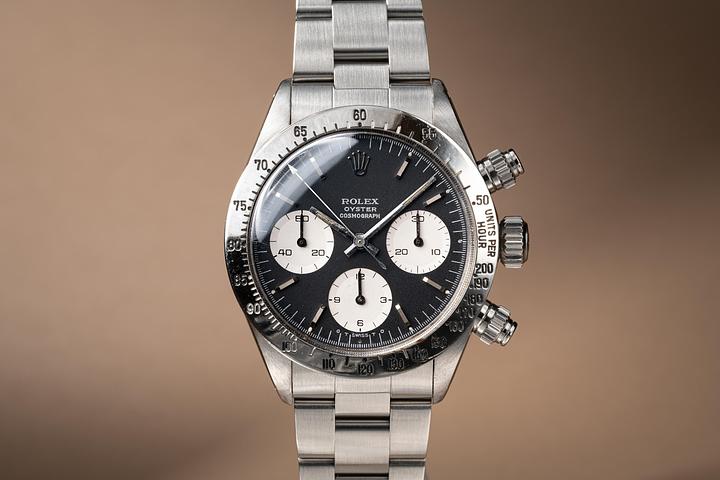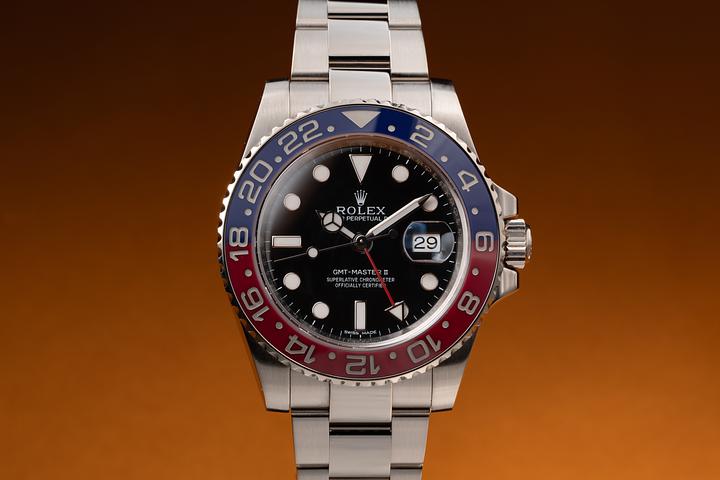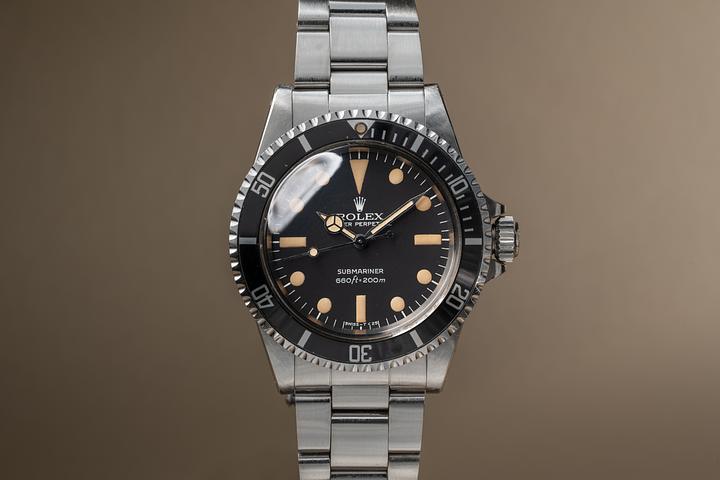Why Rolex Watches Are So Expensive: Craftsmanship and Prestige

Why Are Rolex Watches So Expensive? Unpacking the Value Behind the Icon
Rolex stands as one of the most globally recognized symbols of luxury, prestige, and mechanical perfection. As a titan in the Swiss watchmaking industry, Rolex commands both reverence and curiosity. Chief among the recurring questions is a seemingly simple one: why are Rolex watches so expensive? The answer lies in a comprehensive mix of Swiss precision, a vertically integrated manufacturing process, uncompromising quality standards, an extraordinary legacy, and market dynamics that reward exclusivity and consistency. This analysis reveals the many dimensions of Rolex’s cost—and, ultimately, its value.
The Legacy of Rolex and Its Foundational Philosophy
Founded in 1905 by Hans Wilsdorf, Rolex didn’t spring from traditional watchmaking roots. Wilsdorf was not a watchmaker, but rather a visionary entrepreneur with an innate sense of brand identity, accuracy, and durability. He registered the trademark "Rolex" in 1908, selecting a name that was short, sharp, and easy to pronounce in any language. Since the beginning, Rolex’s core principle revolved around innovation and reliability. In 1910, Rolex earned the first wristwatch chronometer certification, a clear signal of its commitment to performance and precision, rather than decorative excess. These historic milestones underscore Rolex’s century-long identity not just as a maker of watches, but as the architect of modern watch expectations.
Uncompromising In-House Manufacturing and Swiss Precision
Rolex is vertically integrated, a unique characteristic in an industry where manufacturers often rely on third-party suppliers. Nearly every component of a Rolex watch—cases, bracelets, movements, and even proprietary gold alloys—is crafted internally. Rolex owns and operates four state-of-the-art manufacturing facilities in Switzerland, featuring some of the most technologically advanced equipment in watchmaking. But automation here doesn’t mean commoditization. Thousands of highly skilled watchmakers and technicians oversee production at every stage, blending computer-driven consistency with human craftsmanship. An estimated one year of work—development, testing, and fine-tuning—is required for the production of a single Rolex watch. No shortcut is tolerated, and naturally, this attention to detail translates to higher operational costs, and subsequently, higher retail prices.
The Importance of Authentic Materials and Proprietary Alloys
Unlike many luxury watch brands that outsource material development, Rolex invests significantly in metallurgy. The company exclusively uses 904L stainless steel—renamed “Oystersteel” by Rolex—a corrosion-resistant, high-polish alloy typically reserved for aerospace applications. For its gold watches, Rolex refines its own 18-karat gold in-house, ensuring meticulous quality and color consistency. The company even developed Cerachrom, a proprietary ceramic bezel known for its scratch resistance and color permanence, unaffected by ultraviolet rays. These materials aren’t simply aesthetic upgrades; they contribute directly to the longevity and durability Rolex guarantees. Premium inputs of this nature escalate production expenses—it becomes clearer why the resulting product carries such valuation in the marketplace.
Rigorous Testing and Enduring Performance Standards
Each Rolex watch undergoes an extensive battery of tests. The brand’s Superlative Chronometer certification, more stringent than the Swiss Official Chronometer Testing Institute (COSC) standards, guarantees precision to -2/+2 seconds per day. Watches are subjected to pressure chambers, thermal shocks, drop simulations, and waterproof trials. For diving models like the Submariner or Sea-Dweller, testing includes real-depth submersion in high-pressure tanks. What manifests in retail as a refined luxury item is, in mechanical reality, a rugged, performance-tested instrument. These extreme testing protocols demand time, skilled labor, and specialized equipment, all of which elevate production costs—and, consequently, the price point.
Rolex’s Market Strategy: Controlled Production and Sustained Demand
Rolex’s pricing is not solely dependent on materials or manufacturing—it also reflects a calculated approach to supply and demand. Rolex deliberately limits production, despite widespread demand. Annual output circles around one million watches, a figure the company has maintained with remarkable discipline. This scarcity, paired with the brand’s universal relatability across cultures and professions, seeds long-standing waitlists at authorized dealers. In the secondary market, certain models can command thousands more than their original retail price. The result? A watch that is both a luxury good and a performing asset—resale values consistently sustain, sometimes appreciate. Rolex understands that rarity enhances desirability, and its business model directly supports that outcome.
Rolex and the Symbolism of Success
A Rolex is indisputably more than a timepiece; it is shorthand for status and accomplishment. Over the years, the brand has cultivated a distinct identity, aligning itself with explorative achievements, scientific pursuits, and elite sports. From accompanying Sir Edmund Hillary to the summit of Everest to timing momentous tennis matches and car races, Rolex positions its products at the uppermost intersections of human performance. Top-tier marketing strategies reinforce this symbolism. Yet Rolex never advertises based on price or fleeting trends. Its messaging remains centered on enduring values—excellence, precision, and purpose. This universal symbolism layers intangible worth onto the tangible cost. When one purchases a Rolex, they are acquiring not only a tool of exceptional engineering, but a heritage—one that is both global and personal.
Final Thoughts: Evaluating Worth in Horological Context
Are Rolex watches expensive? Absolutely. But “expensive” alone fails to capture the broader context of value. In an era of mass production and planned obsolescence, Rolex's commitment to timeless durability positions it not as an overpriced fashion accessory, but as a mechanical heirloom engineered to transcend generations. It is Swiss watchmaking at its most focused—art, engineering, and heritage in physical form. Between its materials, movement precision, manufacturing autonomy, and strategic scarcity, Rolex plays not just in the realm of telling time, but of defining it. For those who understand this interplay, the price is no longer a mystery; it becomes a testament to what investing in lasting craftsmanship truly means.




